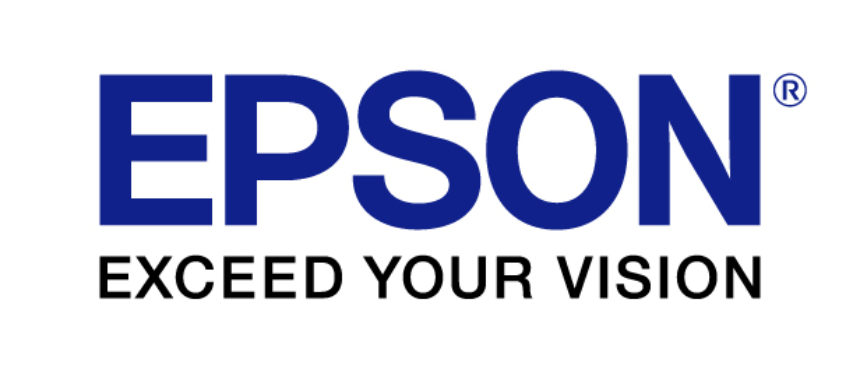- What can you see down the microscope that you can’t see normally? Can this be beautiful?
We’re looking for entries that show biomedical research can be artistic and beautiful – does a picture look more like a constellation of stars than cells on a petri dish? Does colour help to show the intricacy of the processes in the brain? The more abstract and creative, the better!
Pictures taken with a camera or computer-generated images are both welcome for this category.
















Carlos Gil Galvez
saysUn interesante desafío y oportunidad en tiempos de vejez sin fronteras. ¿Es la demencia tipo Alzheimer consecuencia y/o resultado de la pobreza, la mala calidad educativa, la mala alimentación y las injusticias sociales en tiempos de pobreza sin fronteras?